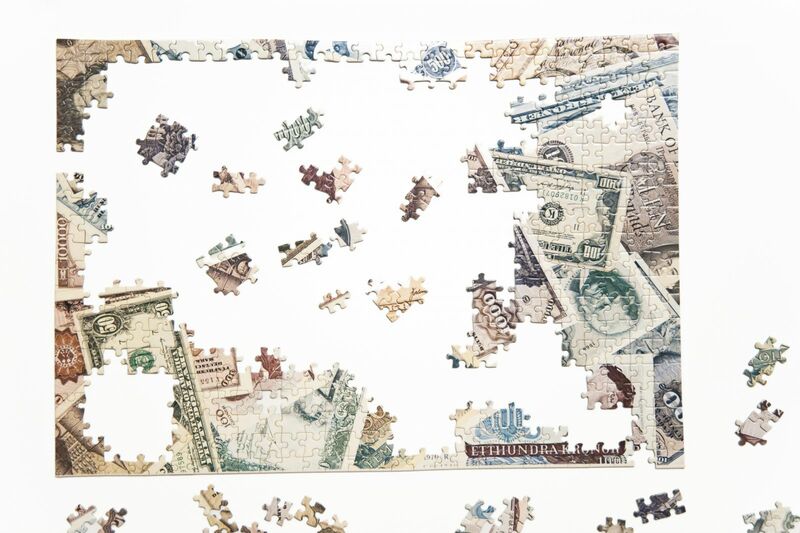
The dollar index (DXY00) on Wednesday fell by -0.38% and posted a 1-month low. The dollar came under pressure Wednesday after the U.S. Feb ADP employment report showed companies hired fewer workers than expected, a dovish factor for Fed policy. The dollar extended its losses as T-note yields dropped after Fed Chair Powell said it would likely be appropriate to begin lowering borrowing costs "at some point this year." Strength in stocks Wednesday also reduced liquidity demand for the dollar.
The U.S. Feb ADP employment change rose +140,000, weaker than expectations of +150,000.
The U.S. Jan JOLTS job openings fell -26,000 to 8.863 million, showing a slightly stronger labor market than expectations of 8.850 million.
Fed Chair Powell said it will likely be appropriate to begin lowering borrowing costs "at some point this year," but "the committee does not expect that it will be appropriate to reduce the fed funds target range until it has gained greater confidence that inflation is moving sustainably toward 2%."
The Fed Beige Book said that "economic activity increased slightly, on balance, since early January" and that "consumer spending, particularly on retail goods, inched down in recent weeks as consumers have become increasingly sensitive to price changes."
The markets are discounting the chances for a -25 bp rate cut at 5% for the March 19-20 FOMC meeting and 24% for the following meeting on April 30-May 1.
EUR/USD (^EURUSD) this morning rose by +0.34% and posted a 6-week high. The euro moved higher Wednesday on better-than-expected German trade news that showed Jan exports and imports rose more than expected. The euro added to its gains as the dollar retreated on comments from Fed Chair Powell.
Eurozone Jan retail sales rose +0.1% m/m, weaker than expectations of +0.2% m/m.
German trade data was better than expected as Jan exports rose +6.3% m/m, stronger than expectations of +1.5% m/m and the largest increase in 3-1/2 years. Also, Jan imports rose +3.6% m/m, stronger than expectations of +1.8% m/m and the biggest increase in 11 months.
Swaps are pricing in the chances for a -25 bp rate cut by the ECB at 6% for its next meeting on March 7 and 22% for the following meeting on April 113
USD/JPY (^USDJPY) on Wednesday fell by -0.42%. The yen moved higher Wednesday after a Bloomberg report said that BOJ officials are getting more confident over the strength of wage growth, a development that supports scrapping its negative interest rate policy in March or April. Lower T-note yields Wednesday were also bullish for the yen.
Swaps are pricing in the chances for a +10 bp rate increase by the BOJ at 53% for its next meeting on March 19 and 83% for the following meeting on April 26.
April gold (GCJ4) on Wednesday closed up +16.3 (+0.76%), and May silver (SIK24) closed up +0.509 (+2.12%). Precious metals Wednesday settled higher, with April gold posting a 3-month high and nearest-futures (H24) gold posting an all-time high. Also, silver climbed to a 2-1/4 month high. Wednesday’s decline in the dollar index to a 1-month low is bullish for metals. Also, Wednesday’s comments from Fed Chair Powell lifted precious metals when he said it would likely be appropriate to begin lowering borrowing costs "at some point this year." In addition, heightened geopolitical risks in the Middle East have underpinned safe-haven demand for precious metals.
On the negative side, Wednesday’s stock rally has reduced some safe-haven demand for precious metals. Also, funds continue to liquidate their long gold positions after long gold holdings in ETFs fell to a 4-year low on Tuesday.
On the date of publication, Rich Asplund did not have (either directly or indirectly) positions in any of the securities mentioned in this article. All information and data in this article is solely for informational purposes. For more information please view the Barchart Disclosure Policy here.






